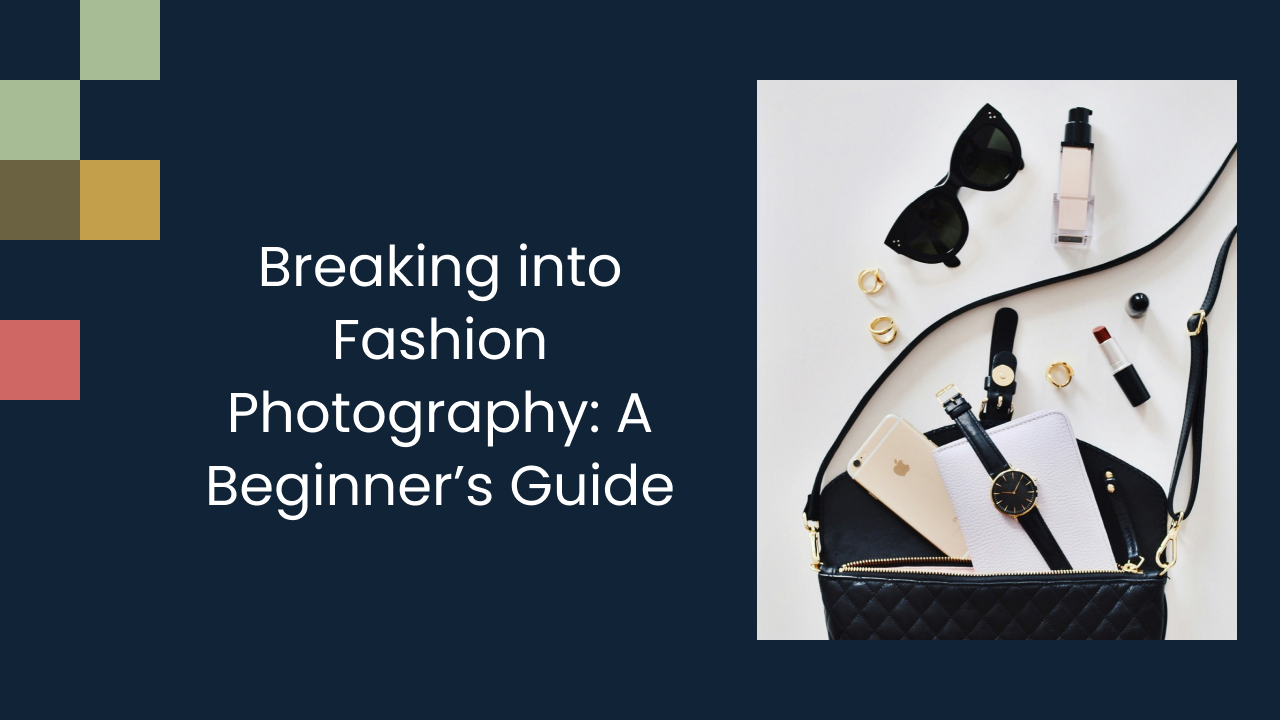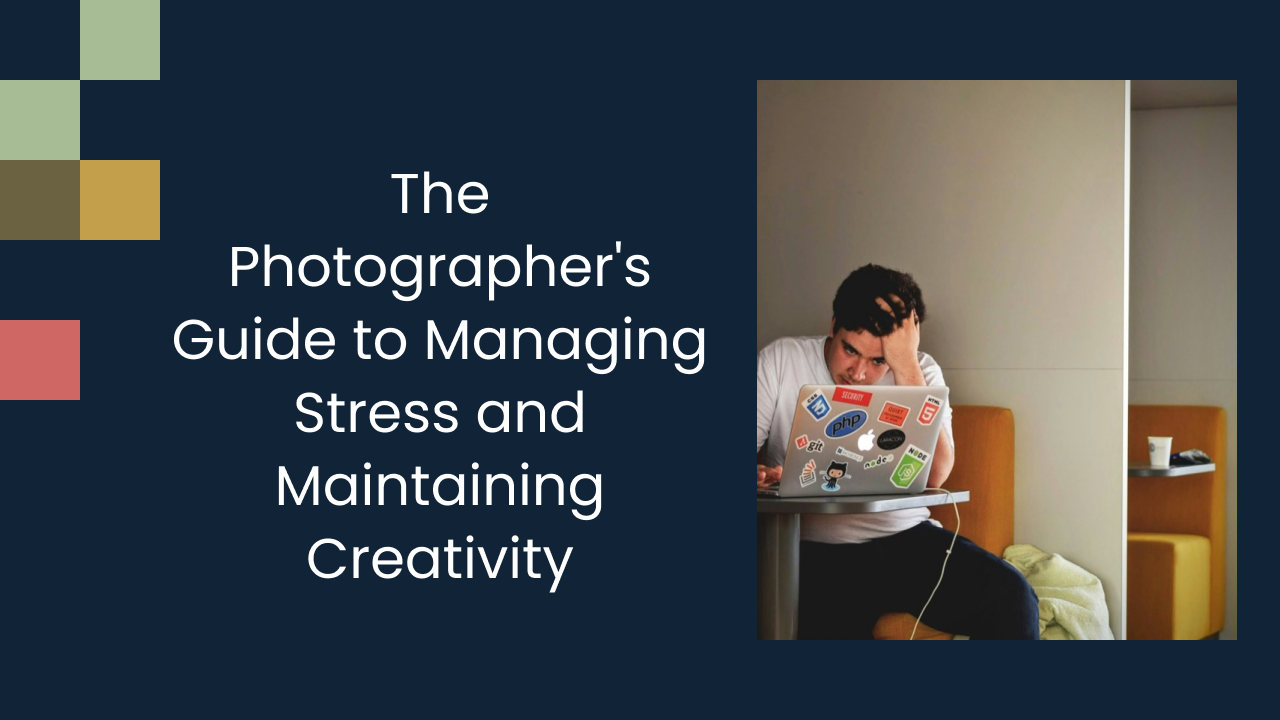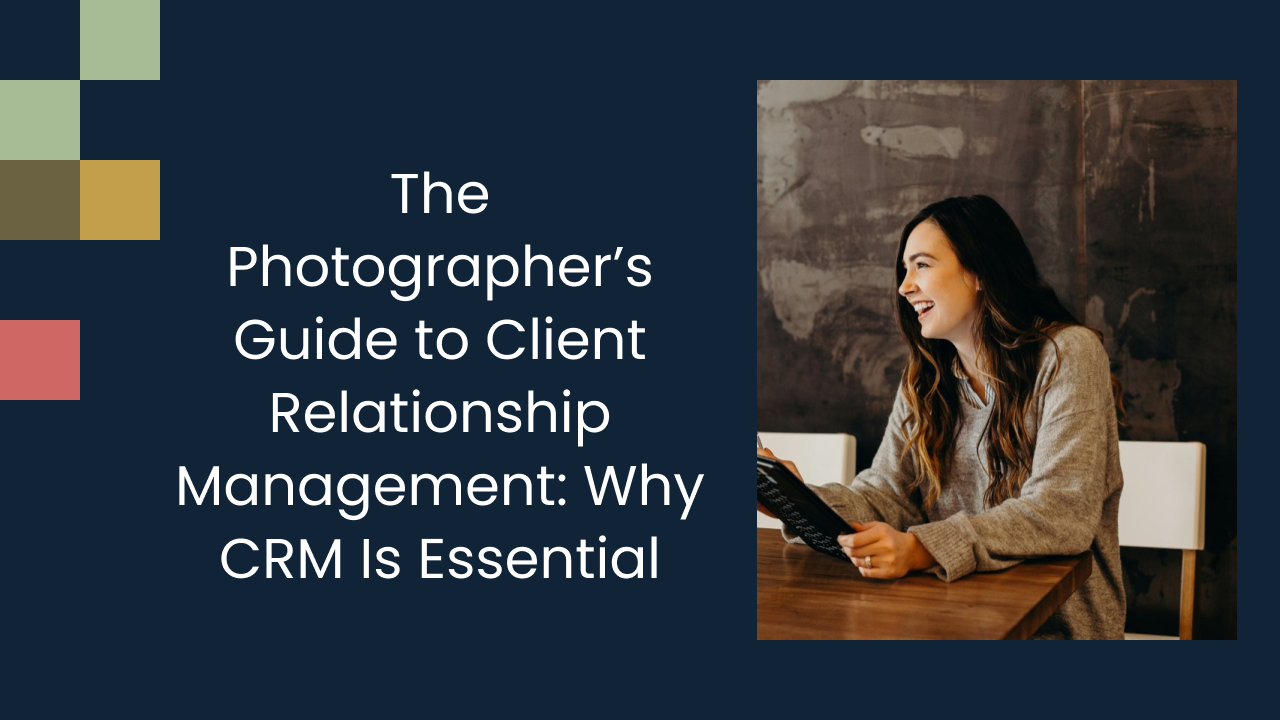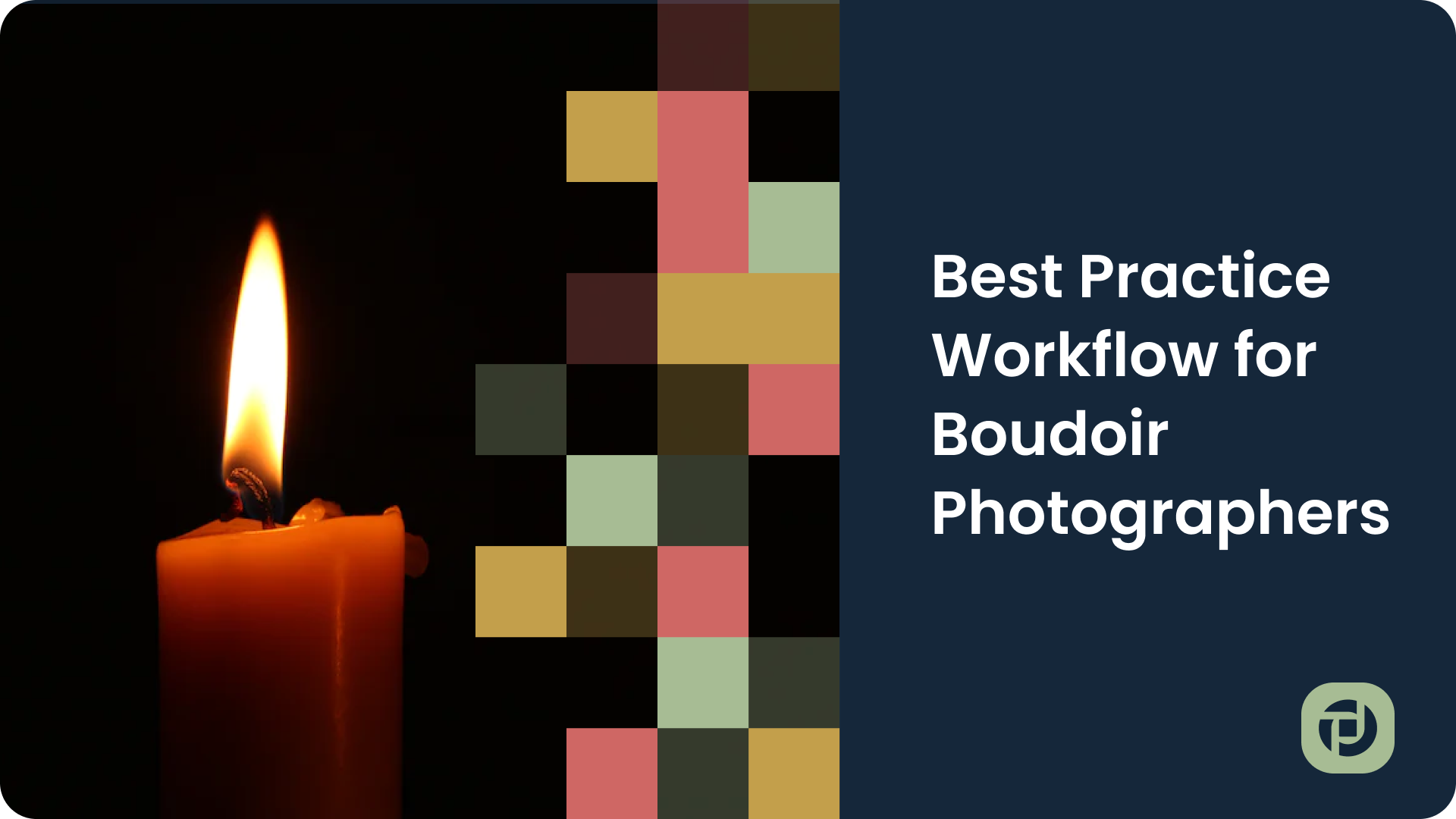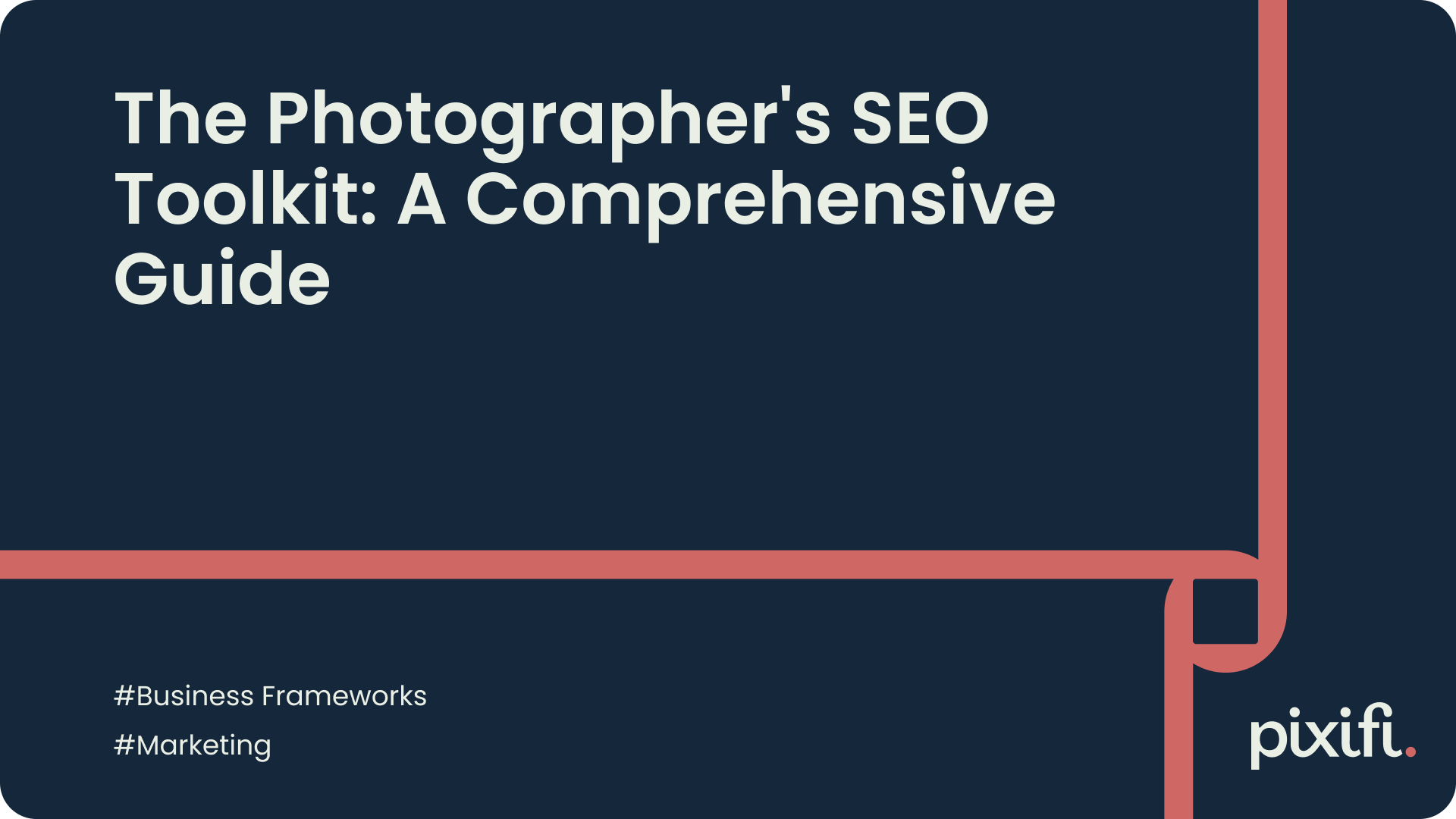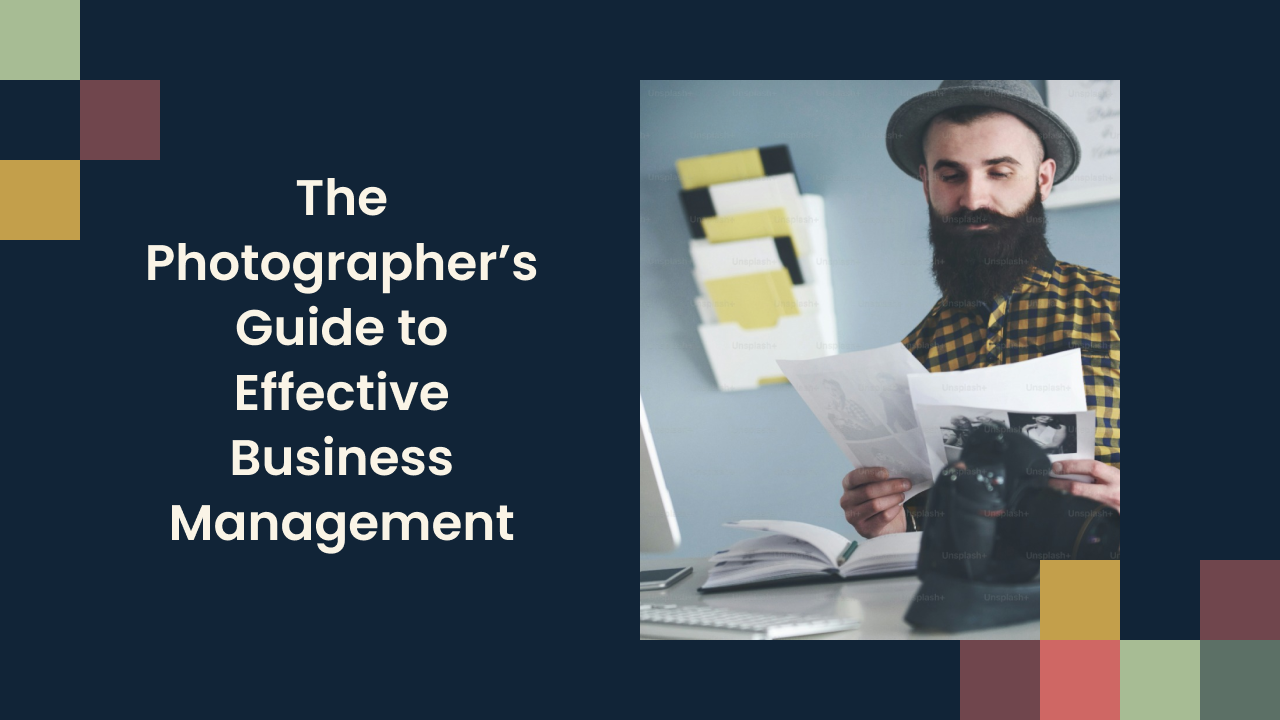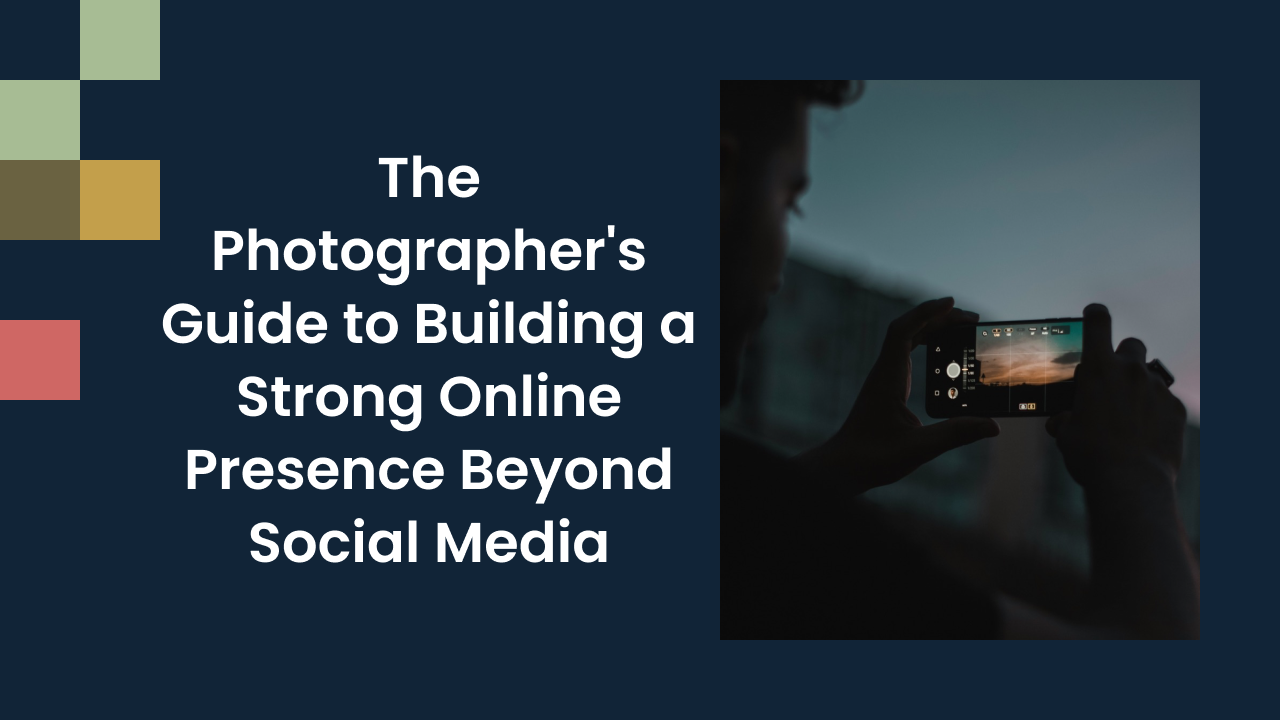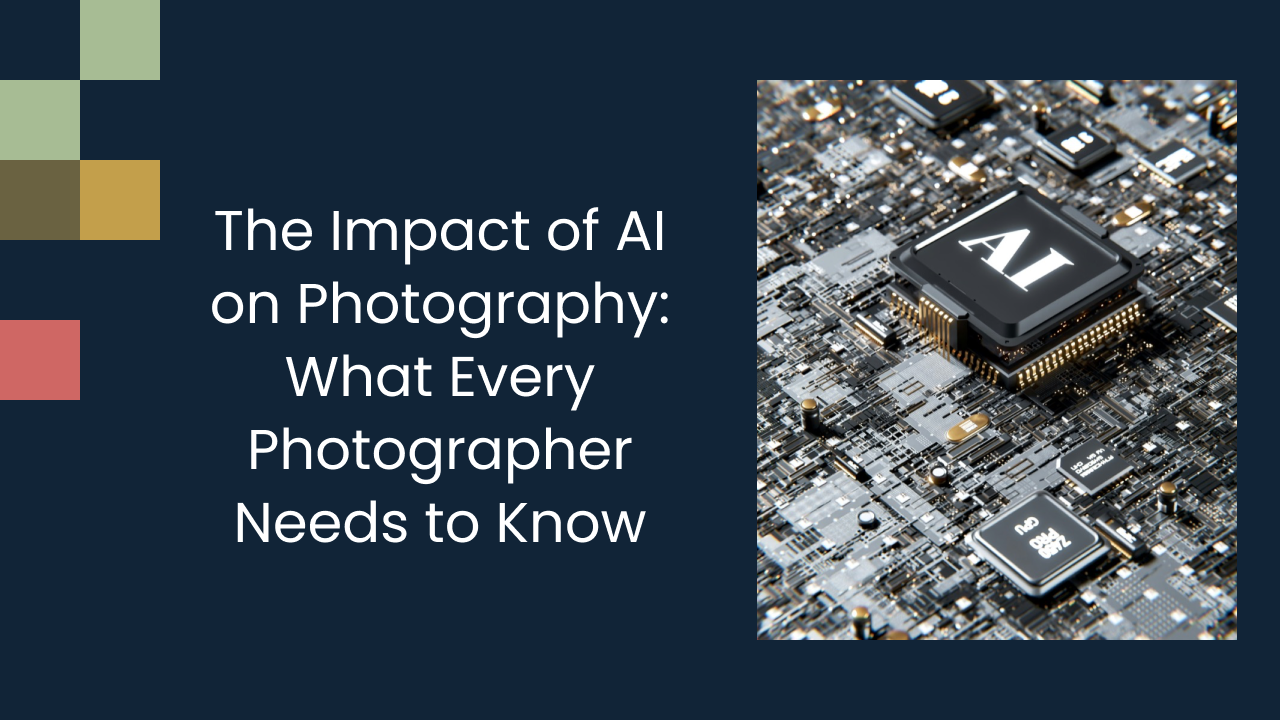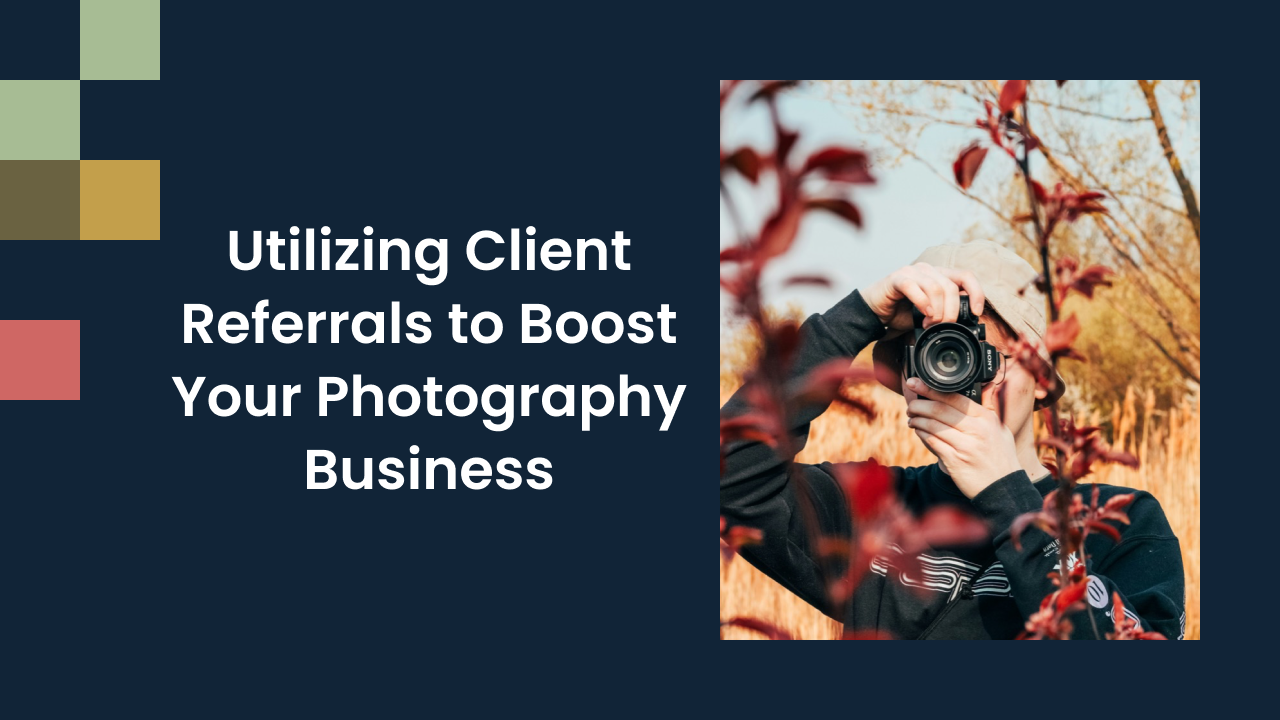Breaking into Fashion Photography: A Beginner’s Guide
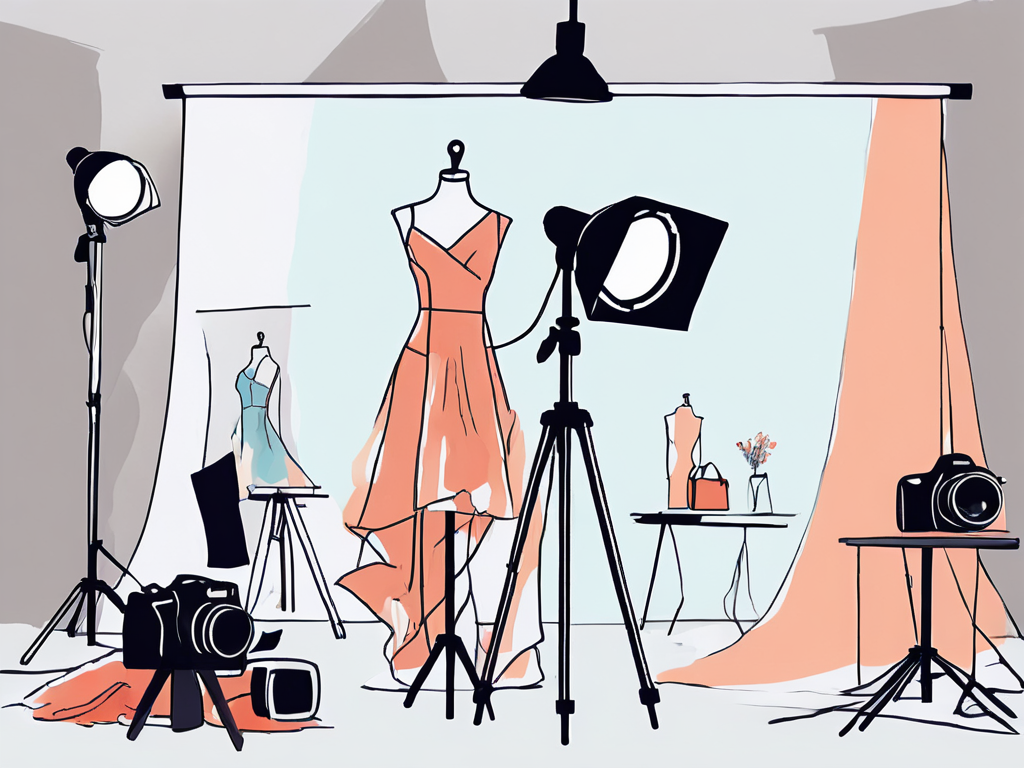
Fashion photography is a captivating and competitive field that many aspiring photographers dream of breaking into. With its blend of glamour, creativity, and artistry, it's no wonder that this genre has captured the imagination of so many. If you're a beginner looking to embark on a journey into the world of fashion photography, this guide will provide you with essential insights and tips to help you get started.
Understanding the Basics of Fashion Photography
Fashion photography, at its core, is a form of photography that focuses on clothing, accessories, and fashion trends. It aims to showcase the beauty and elegance of fashionwhile capturing the designer's vision and aesthetic. It often involves working with professional models, stylists, makeup artists, and art directors to create visually stunning images.
Defining Fashion Photography
When we delve deeper into the world of fashion photography, we discover a captivating blend of artistry, creativity, and technical skill. It is a medium that allows photographers to express their unique vision and bring fashion to life through the lens of a camera.
One of the key aspects of fashion photography is the ability to tell a story through images. Each photograph has the power to transport the viewer into a world of glamour, luxury, and style. Whether it's capturing the flow of a couture gown or the intricate details of a handcrafted accessory, fashion photographers have the ability to evoke emotions and create a sense of aspiration.
Key Elements of Fashion Photography
There are several key elements that define successful fashion photography:
- Composition: Composition is crucial in fashion photography. It involves arranging and positioning various elements within the frame to create visually pleasing and balanced images. Every angle, line, and shape is carefully considered to create a harmonious composition that draws the viewer's attention to the fashion being showcased.
- Pose and Expression: Working with models requires the ability to direct and guide them to achieve the desired pose and expression that complements the clothing or accessories being showcased. The photographer's skill lies in capturing the perfect moment that conveys the desired mood and attitude.
- Lighting: Lighting plays a critical role in fashion photography, enhancing the overall mood and highlighting specific details. Understanding different lighting techniques and equipment is essential. From soft, diffused lighting for a romantic look to dramatic, high-contrast lighting for a bold statement, the right lighting can transform a photograph into a work of art.
- Styling and Set Design: Fashion photography often involves creating visually compelling sets and styling the models to enhance the overall narrative and theme of the photoshoot. From selecting the perfect location to curating the wardrobe and accessories, every element is carefully chosen to create a cohesive visual story.
- Post-Processing: Post-processing is the final step in fashion photography to polish and refine the images. It involves editing, retouching, and enhancing the photographs to create the desired visual impact. Skilled photographers use post-processing techniques to enhance colors, remove imperfections, and create a consistent look and feel throughout the series of images.
As you can see, fashion photography is a multifaceted art form that requires a deep understanding of fashion, photography techniques, and the ability to collaborate with a team of professionals. It is a medium that allows photographers to push boundaries, experiment with different styles, and create images that leave a lasting impression on the world of fashion.
Essential Equipment for Fashion Photography
Camera Types and Lenses
When it comes to fashion photography, having the right equipment is crucial for capturing stunning images. A high-quality DSLR or mirrorless camera is recommended, as they offer versatility, image quality, and interchangeable lens options.
Investing in a range of lenses is essential for different types of shots. Wide-angle lenses are great for capturing fashion campaigns or group shots, while medium or telephoto lenses can help achieve flattering portrait shots with beautiful bokeh.
Additionally, prime lenses are a favorite among fashion photographers for their sharpness and ability to create a beautiful depth of field. They are perfect for capturing detailed shots of accessories or highlighting specific elements of an outfit. Macro lenses are also a valuable addition to your kit, allowing you to capture intricate details like fabric textures or jewelry close up.
Lighting Equipment
Mastering lighting techniques is vital in fashion photography. While natural light can create beautiful results, having control over the lighting is essential. Investing in studio strobes, continuous lights, and modifiers such as softboxes and umbrellas will give you the flexibility to create different lighting setups and achieve the desired mood for your images.
Moreover, incorporating reflectors and diffusers into your lighting setup can help control harsh light and shadows, ensuring a more flattering look for your fashion subjects. Understanding how to manipulate light using tools like gels and grids can add creative effects to your images, making them stand out in a competitive industry.
Developing Your Photography Skills
Mastering the Art of Composition
Composition is a fundamental aspect of fashion photography. Experiment with different angles, framing, and perspectives to create visually striking images. Remember to consider the rule of thirds, leading lines, and negative space to create balance and visual interest in your photographs.
Additionally, pay attention to the background and ensure that it complements and does not distract from your subject. Keep practicing and analyzing the work of renowned fashion photographers to further refine your composition skills.
Delving deeper into composition, it's essential to understand the concept of visual weight. Visual weight refers to the elements in a photograph that attract the viewer's attention. By strategically placing elements of different visual weights in your frame, you can create a sense of balance or imbalance to evoke specific emotions.
Understanding Lighting Techniques
Lighting can make or break a fashion photograph. Experiment with various lighting setups, such as the classic three-point lighting technique or more dramatic lighting styles, to bring out the textures, colors, and details of the clothing or accessories.
A good understanding of lighting ratios and the ability to control light intensity and direction will help you create stunning images that showcase the fashion in the best possible way.
Furthermore, mastering the art of lighting involves understanding the quality of light. Soft light creates gentle transitions between light and shadow, ideal for capturing delicate fabrics, while hard light produces sharp, distinct shadows, adding drama and intensity to your images. Experimenting with different light qualities will enhance your ability to evoke the desired mood in your fashion photographs.
Building a Unique Style in Fashion Photography
When it comes to fashion photography, developing a unique and recognizable style is not just important; it's essential. Your aesthetic is what sets you apart from the crowd and helps you make a mark in the competitive world of fashion imagery. To truly stand out, it's crucial to go beyond just capturing beautiful images and delve into the realm of storytelling through your photos.
Experimentation is key in the journey to finding your aesthetic. Dive into different editing techniques, play with diverse color palettes, and explore various visual storytelling methods. By pushing your creative boundaries and thinking outside the box, you can uncover a signature look that speaks volumes about your style and vision as a fashion photographer.
Finding Your Aesthetic
Developing a unique and recognizable style is crucial for standing out in the world of fashion photography. Experiment with different editing techniques, color palettes, and visual storytelling to discover your signature look. Building a consistent brand and aesthetic will help you attract clients and create a cohesive body of work.
Furthermore, understanding the importance of branding and consistency in your work is key to establishing a strong presence in the industry. Your aesthetic should not only be reflected in your photographs but also in your overall brand identity, from your website design to your social media presence. Creating a cohesive and visually appealing brand will not only attract potential clients but also help you carve out a niche for yourself in the competitive market.
Experimenting with Different Styles
While it's essential to find your own style, don't be afraid to experiment with different approaches and genres within fashion photography. Collaborate with stylists, models, and makeup artists to explore various themes, genres, and fashion trends. Pushing the boundaries and trying new concepts will help you grow as a photographer and expand your creative horizons.
Remember, the world of fashion photography is ever-evolving, and staying stagnant in one style may limit your artistic growth. Embrace change, welcome challenges, and be open to exploring new avenues within the realm of fashion imagery. By continuously experimenting and refining your craft, you can not only find your unique voice but also stay relevant and innovative in an industry that thrives on creativity and originality.
Networking in the Fashion Industry
Importance of Building Relationships
In the fashion industry, building strong relationships and networks is vital for success. Attend industry events, fashion shows, and photography exhibitions to connect with designers, stylists, and other industry professionals. Building relationships based on trust and professionalism can lead to collaborative opportunities and exposure.
Tips for Effective Networking
When networking, be genuine, respectful, and enthusiastic about your work. Have a well-curated portfolio and business cards ready to showcase your skills. Stay active on social media platforms such as Instagram, where you can showcase your work, connect with industry professionals, and gain visibility. Remember to also support and promote the work of others in the industry to foster meaningful relationships.
Breaking into fashion photography may seem daunting, but with passion, dedication, and a solid understanding of the basics, you can embark on a rewarding journey in this creative field. So, grab your camera, hone your skills, and start capturing the glamour and beauty of fashion through your lens.
Looking for an easier way to manage and grow your studio? Experience a platform built by a photographer, for photographers. Try it free for 2 weeks.
